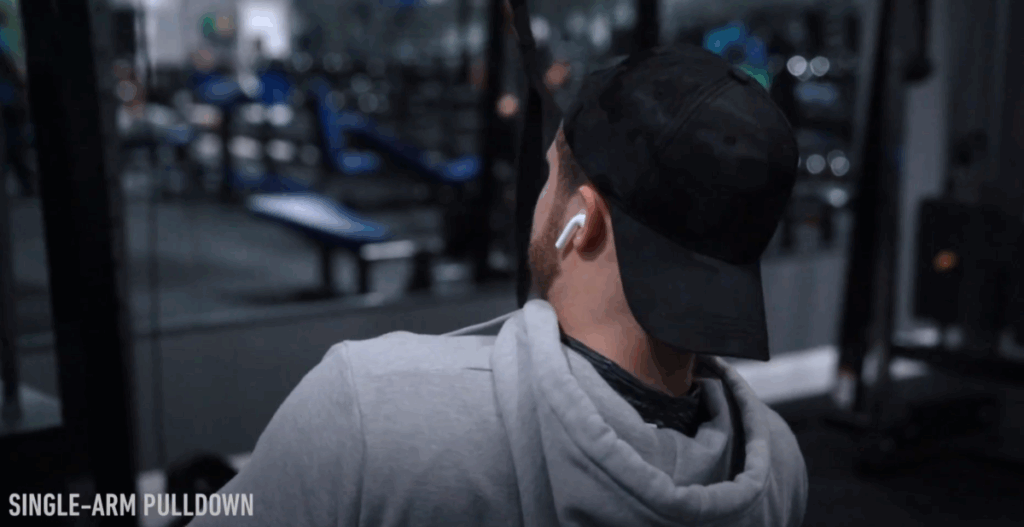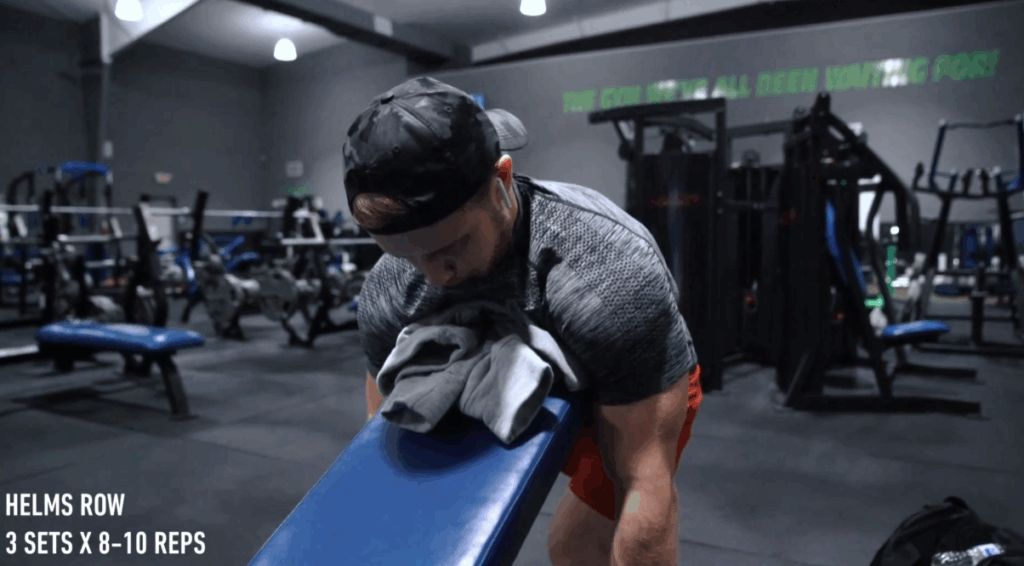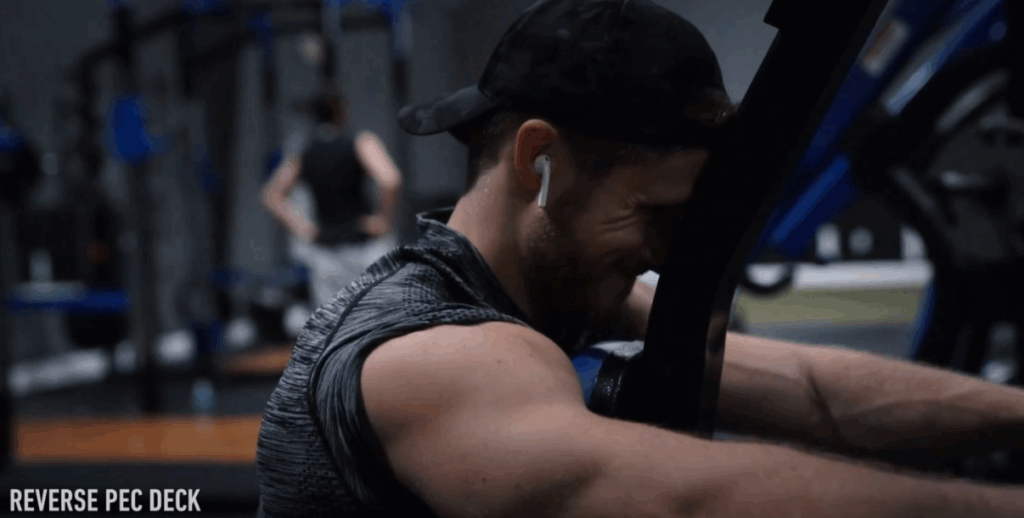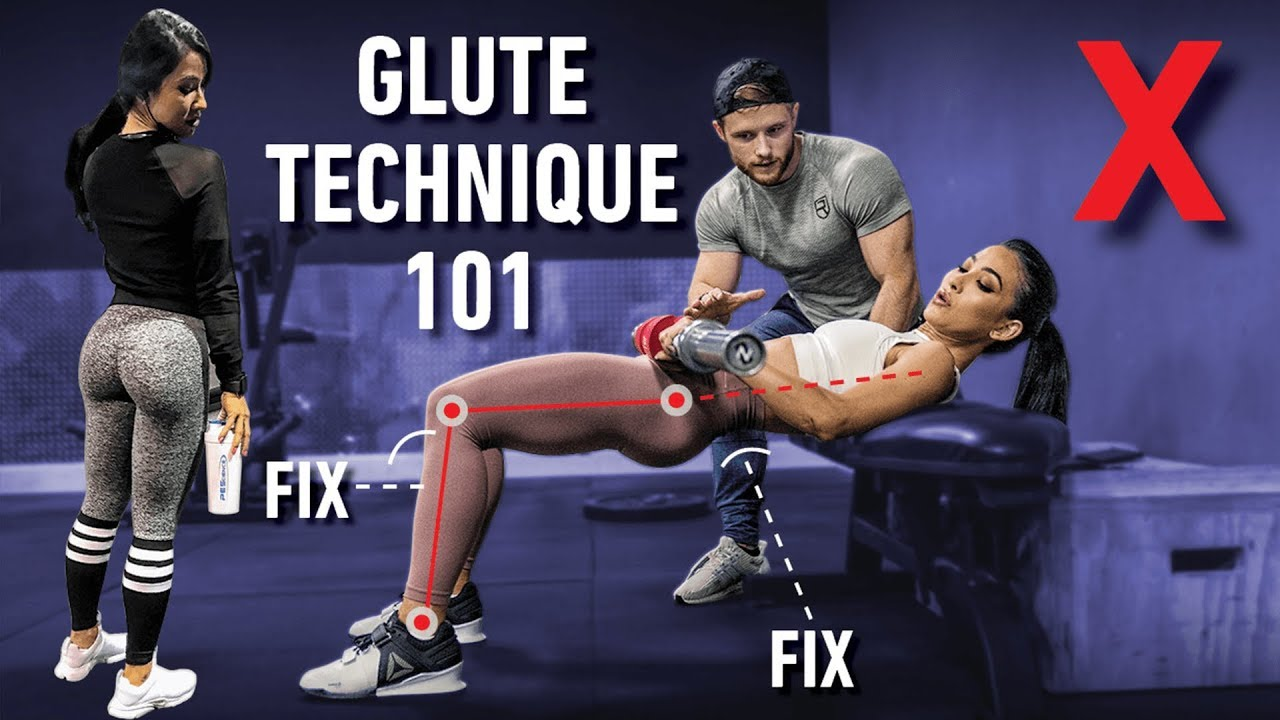Bodybuilding and fitness raise countless questions, especially for those striving to build muscle while staying healthy and consistent. In this in-depth Q&A, we tackle some of the most frequently asked questions about motivation, optimal muscle mass for health, rest periods, cardio for bodybuilders, flexibility, and advanced training techniques like drop sets.
1. Staying Motivated on Bad Days: Should You Train Anyway?
One of the biggest challenges for any lifter is finding the drive to train on tough days. The truth is, consistency beats motivation every time. The most successful athletes build rules for themselves—showing up to train is non-negotiable, even on bad days.
The key is having a structured training program rather than improvising workouts. When you follow a clear plan, you’re less likely to talk yourself out of training. Over time, you build trust in yourself by sticking to the program, regardless of mood.
It’s also important to manage expectations. Not every session will be a personal best, and that’s okay. Strength fluctuates naturally—some days will feel fantastic, while others may feel sluggish. Interestingly, many lifters report that days when they felt least motivated sometimes turned out to be some of their best workouts. The lesson? Stick to the plan, don’t obsess over perfection, and trust the process.

2. How Much Muscle Is Healthy? Can You Have Too Much?
Building muscle has undeniable health benefits. Resistance training improves bone density, strengthens joints and tendons, supports healthy aging, and even enhances insulin sensitivity and cardiovascular health.
But is there a point where adding more muscle becomes unhealthy? For natural lifters, the answer is almost always no. The health risks associated with excessive muscle mass—such as heart strain—are typically linked to anabolic steroid abuse, not natural bodybuilding.
The real danger lies in extreme leanness, not muscle size. For men, dipping below 8–10% body fat for prolonged periods can lead to hormone disruptions, low testosterone, and even psychological stress. Women face even greater risks, including menstrual irregularities and decreased bone mineral density.
So, the healthiest approach is to build as much muscle as you can naturally while maintaining a reasonable body fat level. Chasing extreme aesthetics can backfire, but moderate leanness paired with natural muscle mass is a recipe for both health and longevity.
3. Rest Times: How Long Should You Rest Between Sets?
Rest periods are often misunderstood, yet they play a crucial role in maximizing muscle growth. Here’s how to structure them:
- For hypertrophy (6–15 reps): Rest 1–2 minutes. This range strikes a balance between recovery and maintaining training intensity.
- For strength work (1–6 reps): Rest 3–5 minutes. Heavier lifts require more recovery to maintain performance.
- For high-rep or isolation work: Even with lighter weights, resting less than a minute can limit performance. Research consistently shows that slightly longer rests lead to better hypertrophy outcomes because they allow you to handle heavier loads across sets.
Short rest periods can increase fatigue too early in the session, reducing total volume—a key driver of growth. On the other hand, excessively long breaks can drag sessions out, potentially lowering intensity as fatigue accumulates.
4. Cardio for Bodybuilders: How Much Is Too Much?
“Cardio kills gains” is one of the most persistent bodybuilding myths, but the truth is more nuanced. Cardio is essential for cardiovascular health, and done correctly, it won’t sabotage your muscle-building goals.
The American Heart Association recommends 150 minutes of moderate cardio per week for general health, but active lifters often get cardiovascular benefits directly from resistance training. High-volume, high-rep lifting already improves heart health and metabolic markers.
For bodybuilders, the key is minimizing interference with hypertrophy:
- Frequency: Stick to 2–3 cardio sessions per week.
- Duration: Keep sessions moderate; long-distance endurance training increases interference risk.
- Mode of cardio: Low-impact methods like cycling, swimming, or brisk walking have less negative impact on muscle growth than high-impact running.
Many athletes also adapt cardio based on lifestyle. If you work a physically active job, you may need little to no formal cardio. Conversely, sedentary desk workers should include more movement to maintain cardiovascular health.

5. Flexibility and Mobility: Do They Affect Muscle Growth?
Flexibility has minimal direct impact on hypertrophy, but sufficient mobility is essential for performing exercises through a full range of motion—one of the most critical factors for muscle development.
You don’t need to spend hours on static stretching if you can already perform movements correctly. However, if tightness limits your ability to squat deep, hinge properly, or row with correct form, targeted mobility drills can help. For example:
- Tight hips? Focus on adductor and hip flexor mobility.
- Limited deadlift stance? Foam roll hamstrings and inner thighs.
Stretching techniques like “fascia stretching” (popularized by FST-7 training) are largely anecdotal, with little scientific evidence supporting direct muscle growth benefits. Prioritize mobility only when it improves your ability to train effectively.
6. Drop Sets: Do They Really Work?
Drop sets are a popular intensity technique where you reduce weight after reaching failure and continue the set. Are they worth the effort?
Research suggests that drop sets are primarily a time-efficient way to add training volume. By quickly fatiguing all muscle fibers, they may stimulate additional growth, particularly in slow-twitch fibers that might not be fully activated during heavy sets.
However, drop sets aren’t magic—they’re simply another tool. They’re best suited for isolation exercises where fatigue doesn’t compromise technique, such as:
- Leg extensions
- Lateral raises
- Bicep preacher curls
Avoid using drop sets on heavy compound lifts early in a session, as they can increase fatigue and interfere with overall volume. Use them strategically in hypertrophy-focused phases rather than during strength blocks.

Takeaway
The fundamentals of bodybuilding haven’t changed—progressive overload, proper nutrition, and consistency remain the backbone of growth. But these Q&A insights provide a deeper look at optimizing your approach:
- Show up even on bad days; consistency beats motivation.
- Build as much natural muscle as possible while keeping body fat reasonable.
- Rest enough between sets to maintain performance.
- Include cardio for health, but keep it minimal and low-impact for hypertrophy.
- Focus on mobility only when it improves your range of motion.
- Use advanced techniques like drop sets sparingly and intelligently.
By applying these evidence-based strategies, you can train smarter, stay healthier, and build a physique that lasts.



